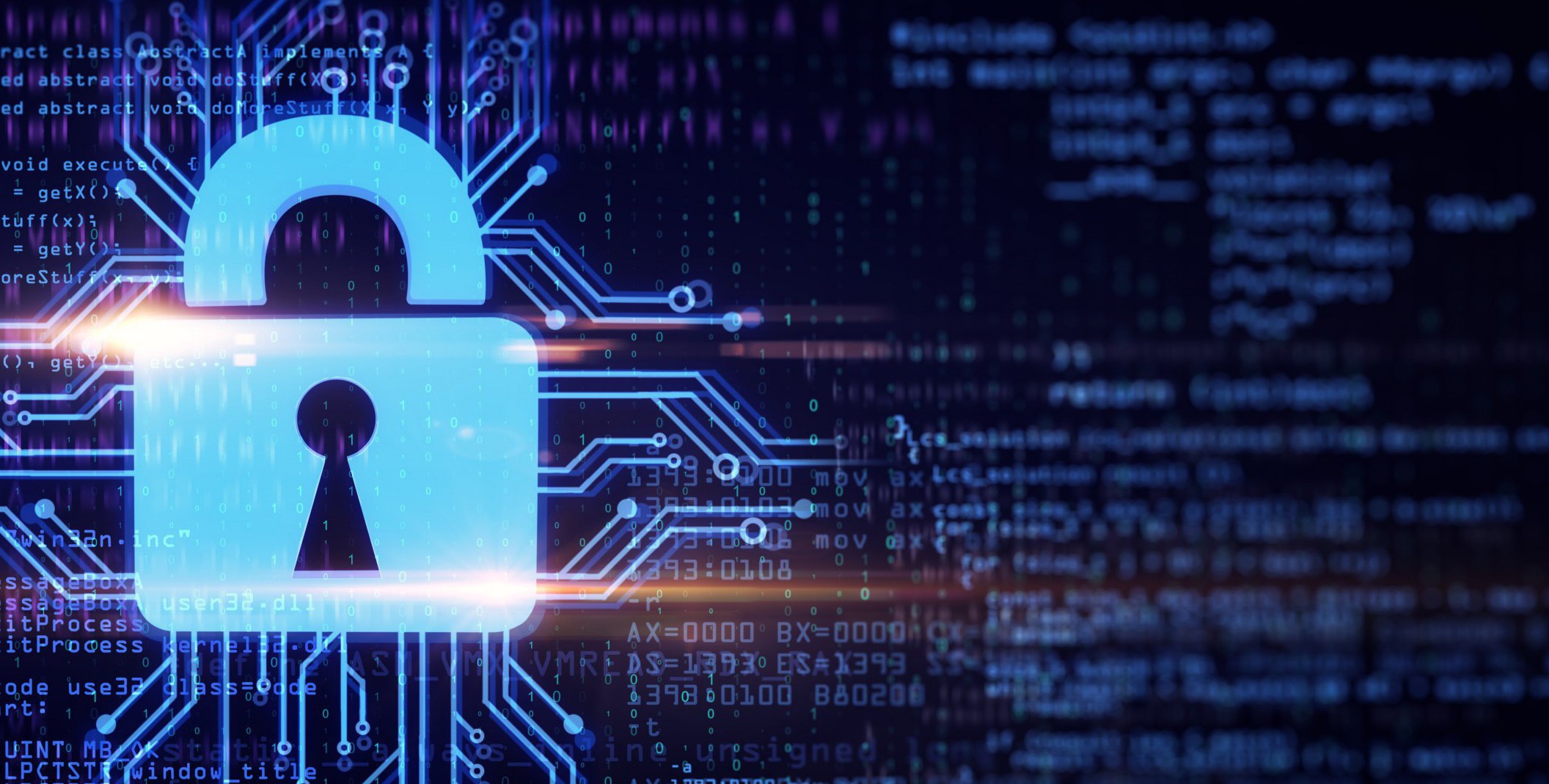We are living in a world where we are constantly connected to the internet and that means our information is accessible to anyone in the world. Keeping people from accessing this information means implementing security measures. At a personal level, this means using passwords for things like email accounts, access points, phone locks, and so much more. With scammers and hackers constantly on the lookout for vulnerable accounts and systems, you need to make sure that your data is secure. Recent history has shown that using an account password alone is not a safe method of protection on its own. What you need is a system that can significantly reduce the chance of getting your data stolen by implementing multiple levels of security.
Typical setups would only consist of a single step of security, i.e. the password for the account or device. However, with technologies like two-factor authentication, you can combat this problem quite effectively. This simple addition to your security makes it almost impossible to access your accounts, devices, and private data in general.
What is Two-factor Authentication?
In a typical scenario, you would be providing one layer of secret information to access your data. In most cases, this is the password that you set for the account or device. The system requires the user to provide additional information regarding their account before letting them access it. The most used method is a secure code that you receive on a different device rather than the one on which you are accessing your data. The most common solution for this is to use two mobile phones which receive authentication codes after you have provided a correct password. The two devices are not connected at any point which makes it almost impossible to access the account without having access to the other device.
Types of Authentication
Depending on the service, you may have the option of choosing between the different modes of secondary authentication. What this means is that you can decide how to receive the secondary authentication code and how to even process it. Here are a few examples of how people receive codes for secondary authentication.
- Passwords: Apart from the initial password that you provide, you can be asked to provide additional passwords as well like pin numbers or even answers to security questions.
- Devices: A commonly used method for secondary authentication after the password is to either receive an additional code on a secondary device or use dedicated keys like smart cards or tokens.
- Personal Assets: You can also use passwords that are not alphanumeric and created using entirely different methods. These can include fingerprint sensors, retinal scans, voice activated access points, etc. Brute forcing these is pretty much impossible, so they are much more secure than ordinary passwords. You can also use these as primary passwords and add another layer as your secondary password.
Why Do You Need It?
This is a big question, and it is certainly worth asking in the current world. With security breaches becoming an extremely common phenomenon and people losing their private data frequently, having proper security in place is extremely important. If you have any private data online like photos and videos or something work related, keeping it secure is important. The same goes for other avenues as well like email, cloud storage, etc. With the two-factor authentication, you can make sure that even if your password gets leaked, your data is secure, thanks to the two-factor authentication being in place. These days, it is highly recommended that you implement it on every single platform where applicable.











